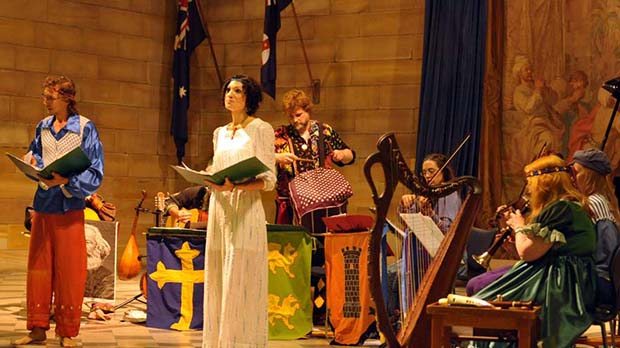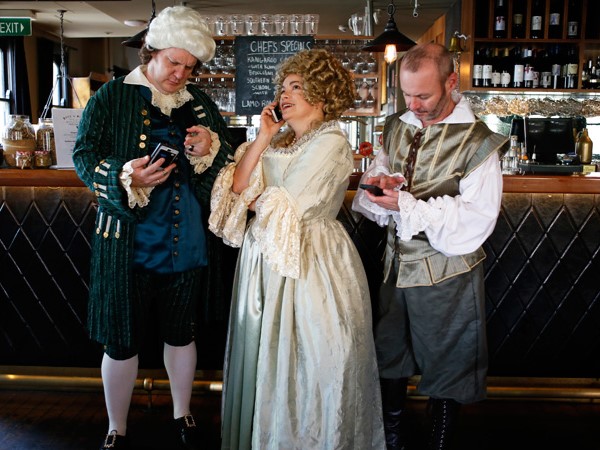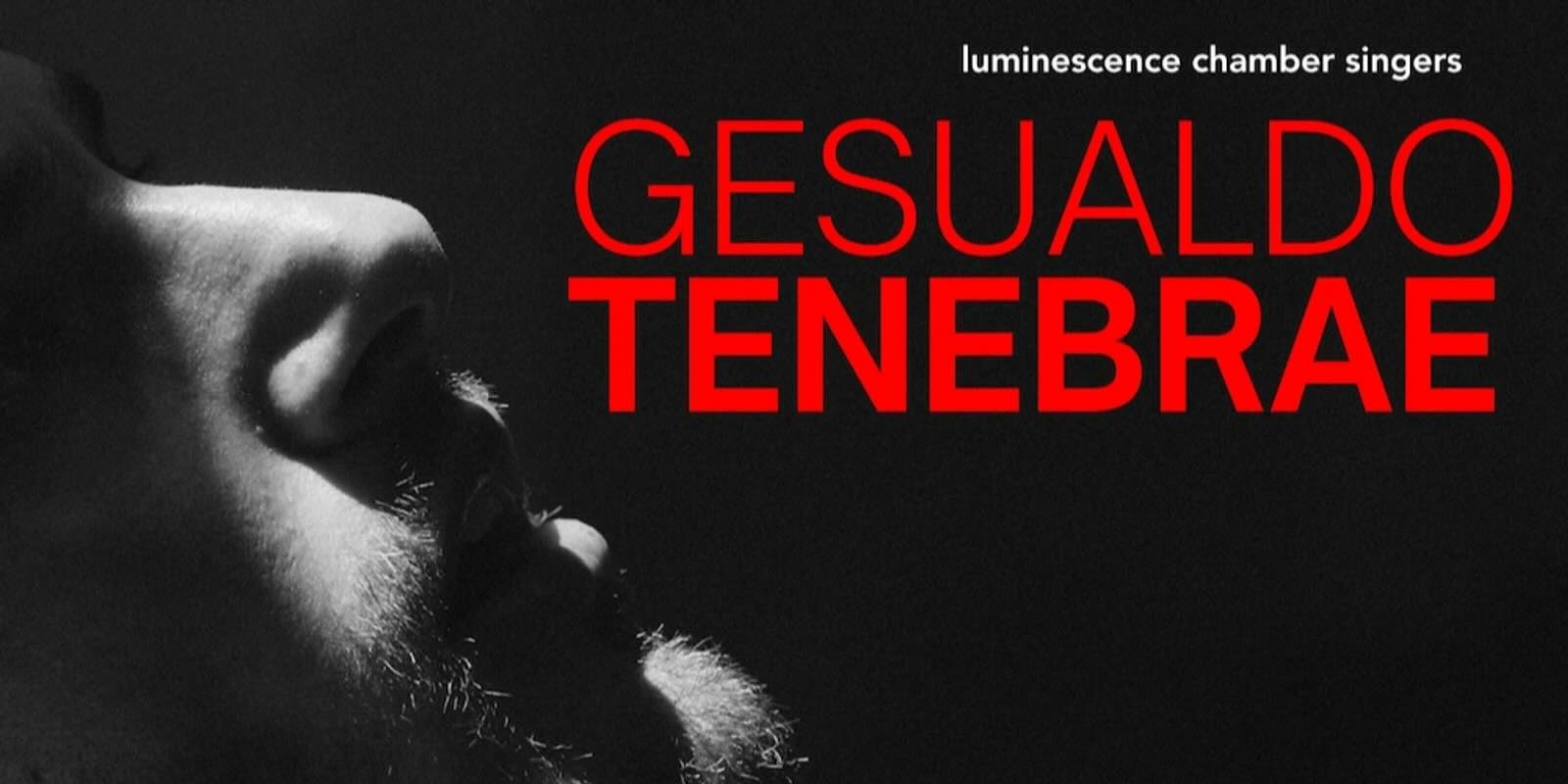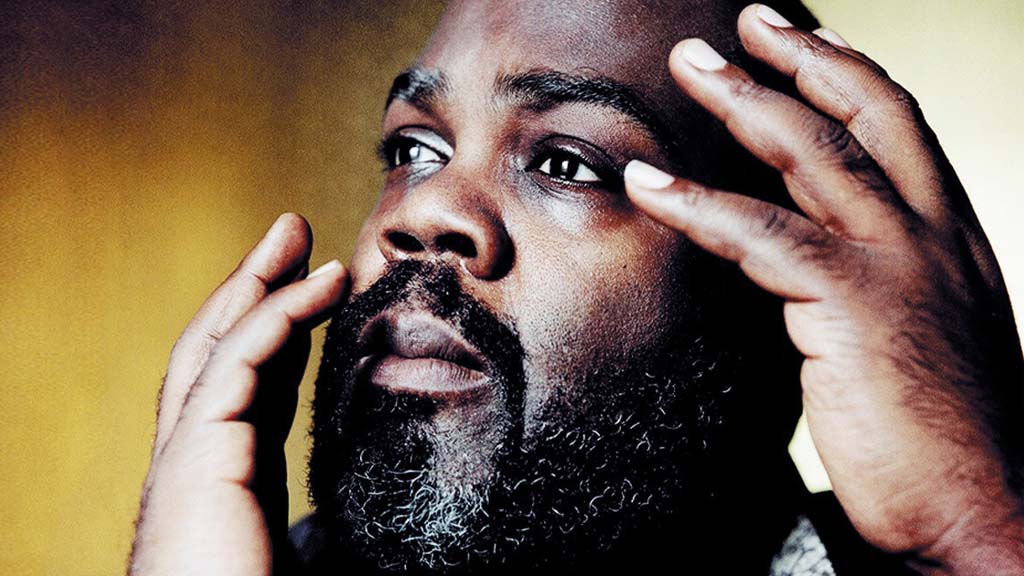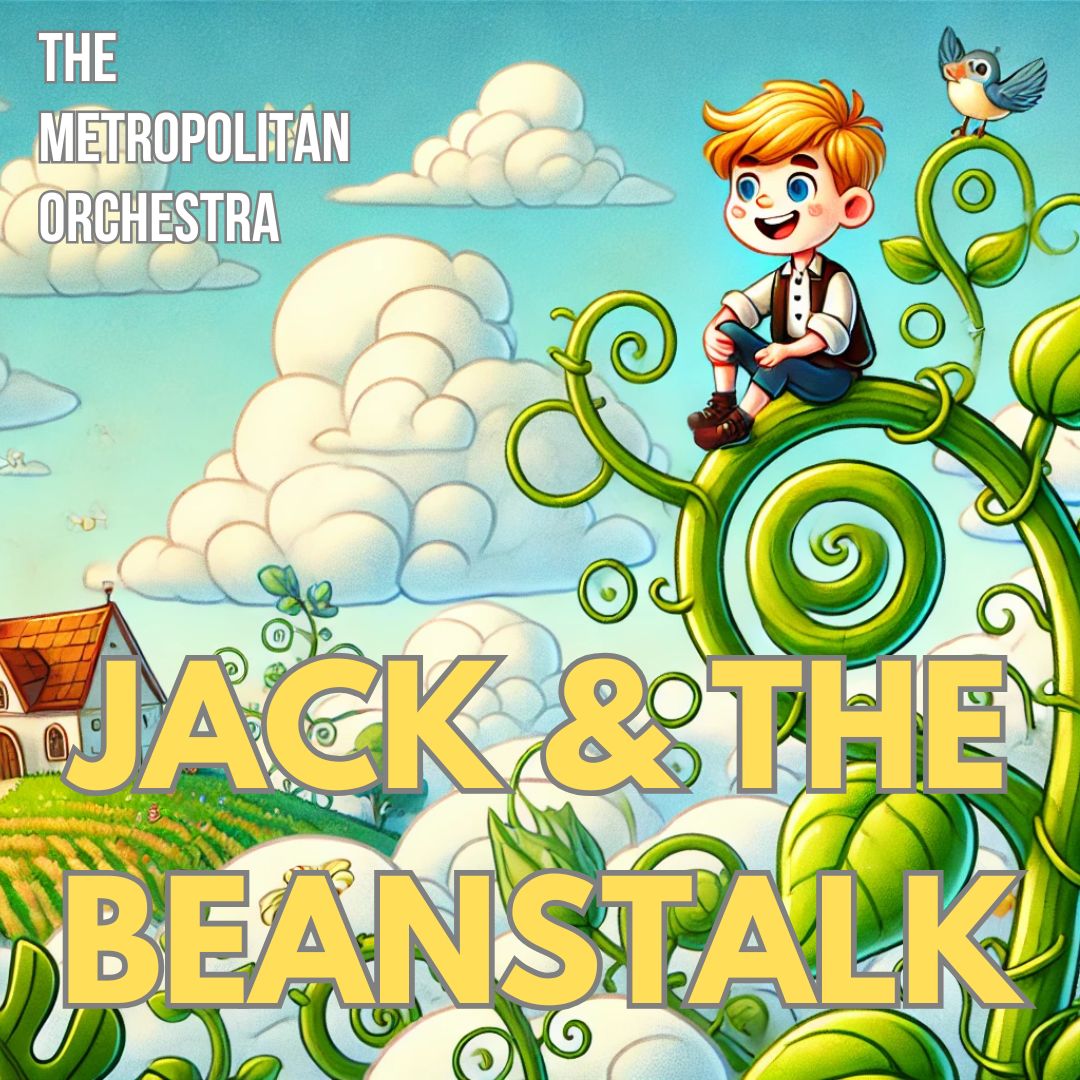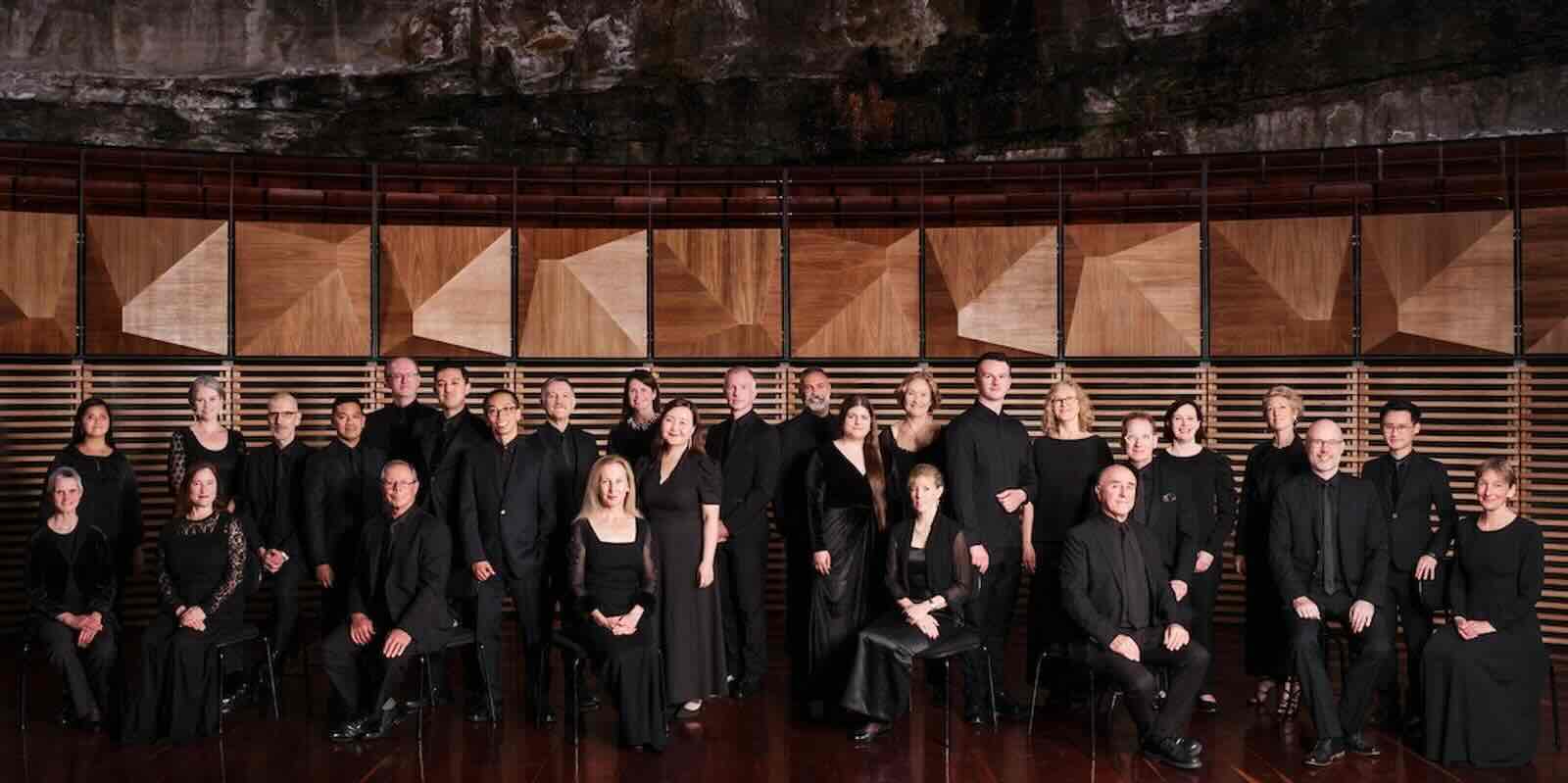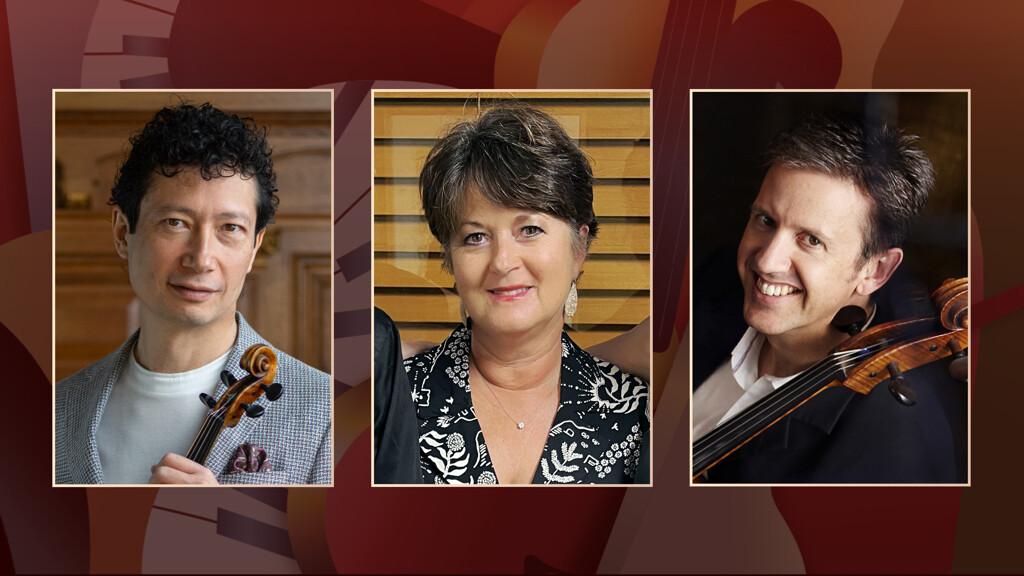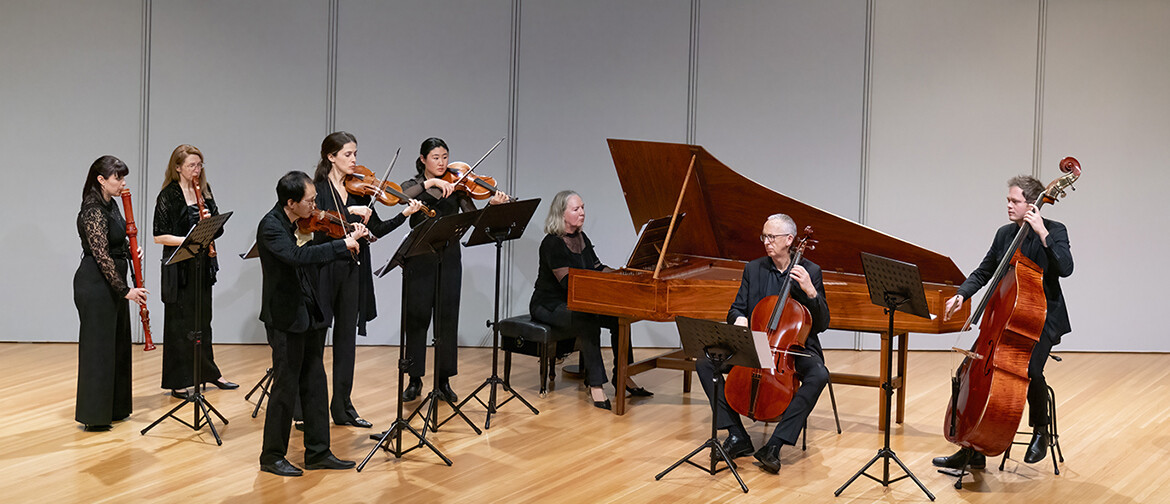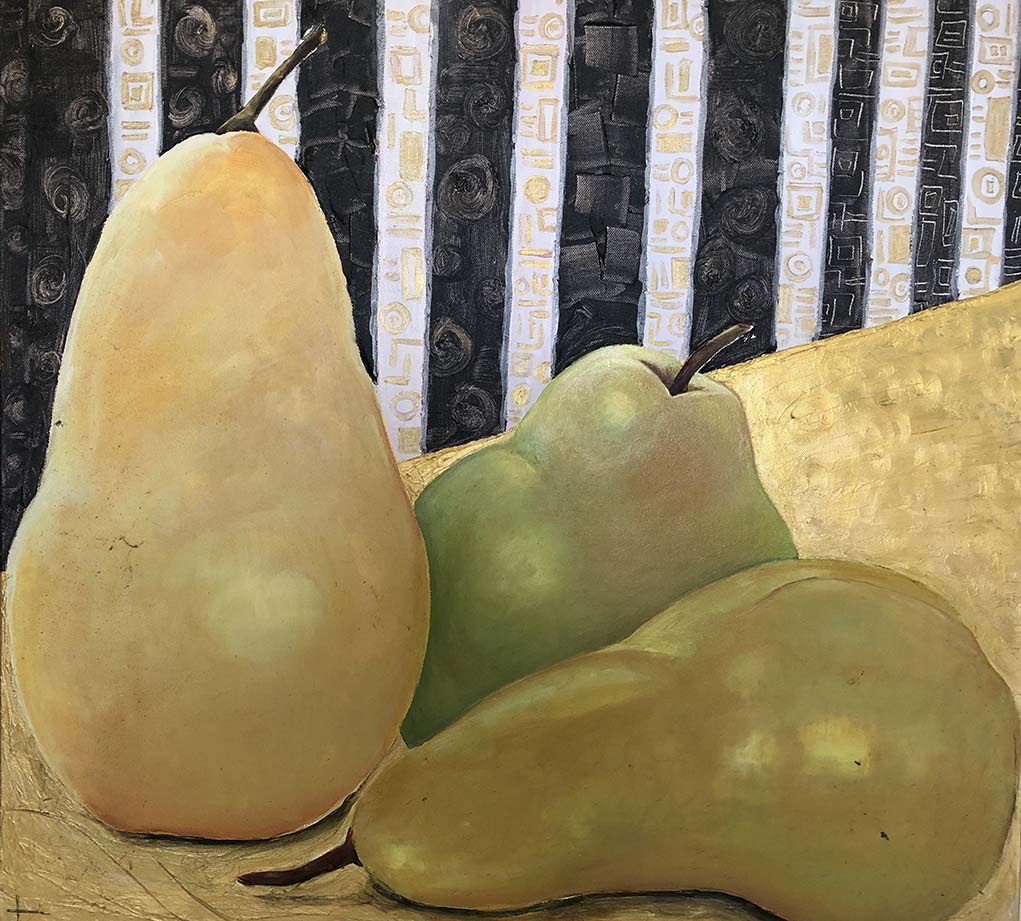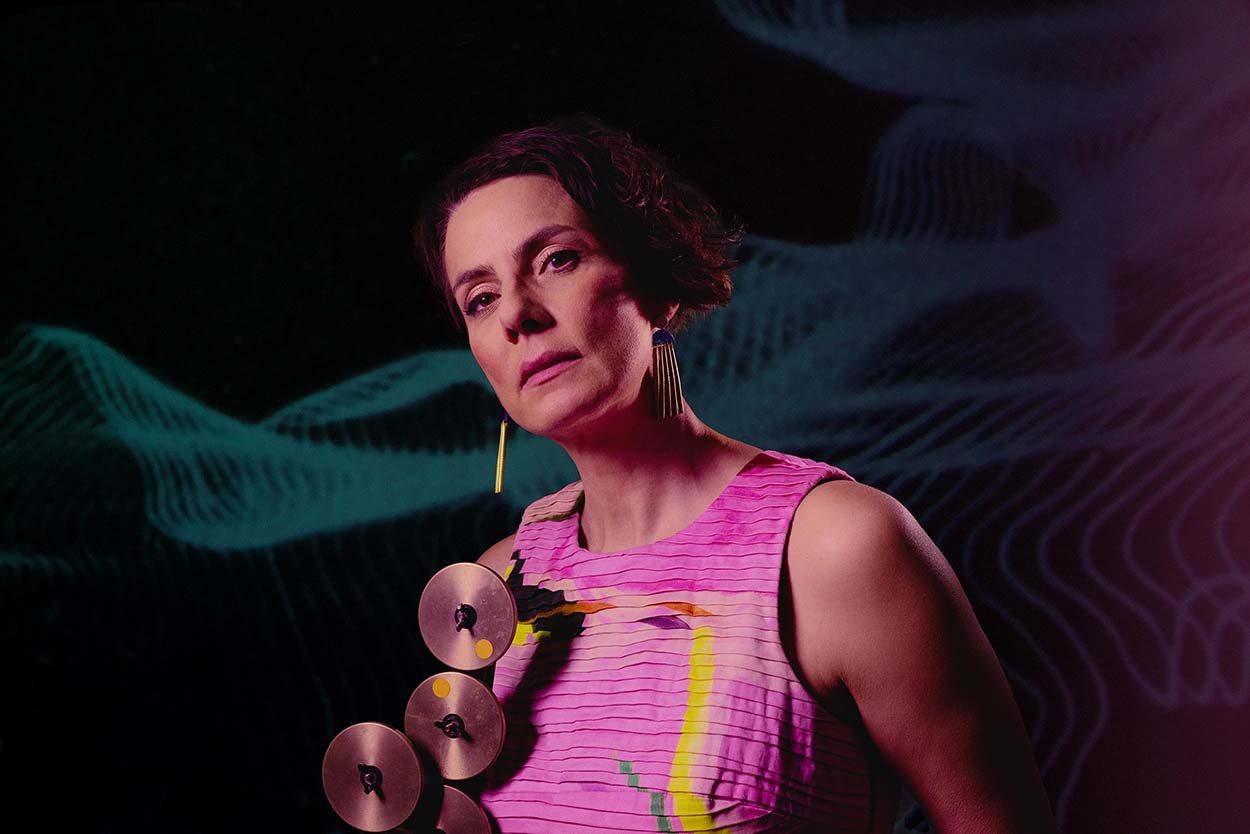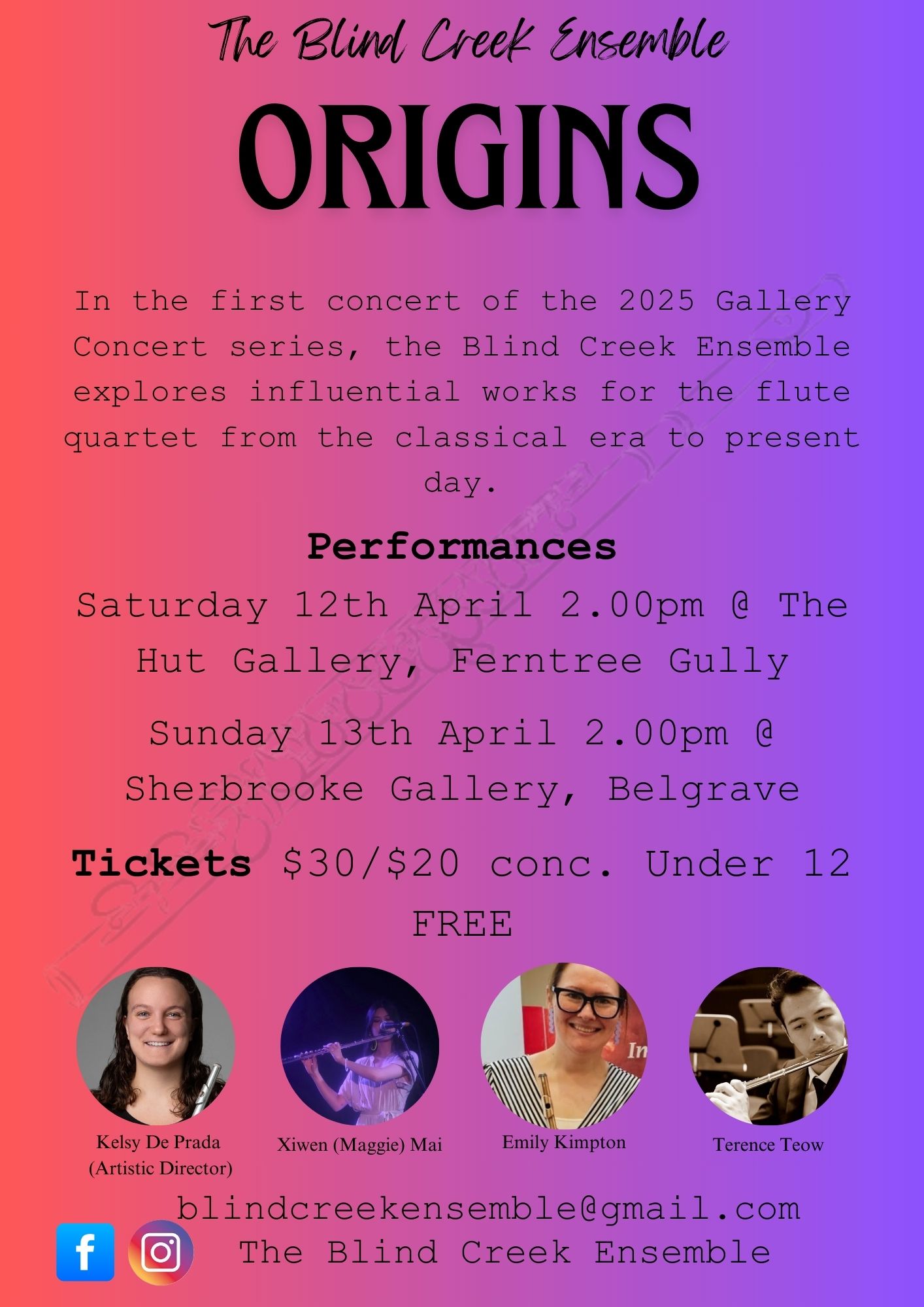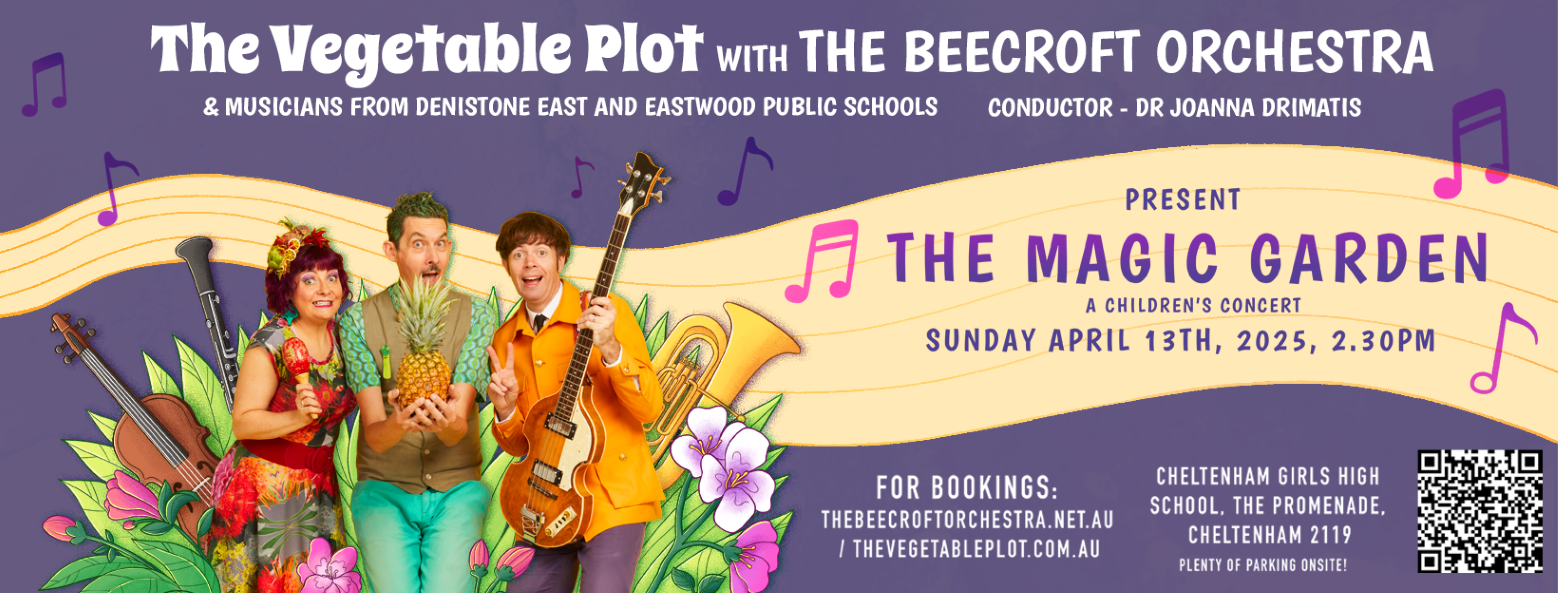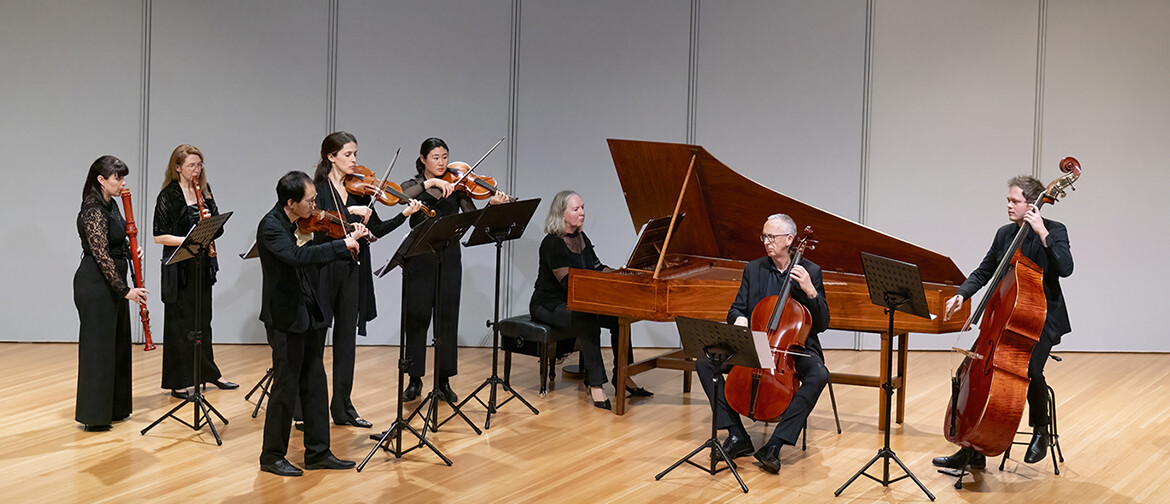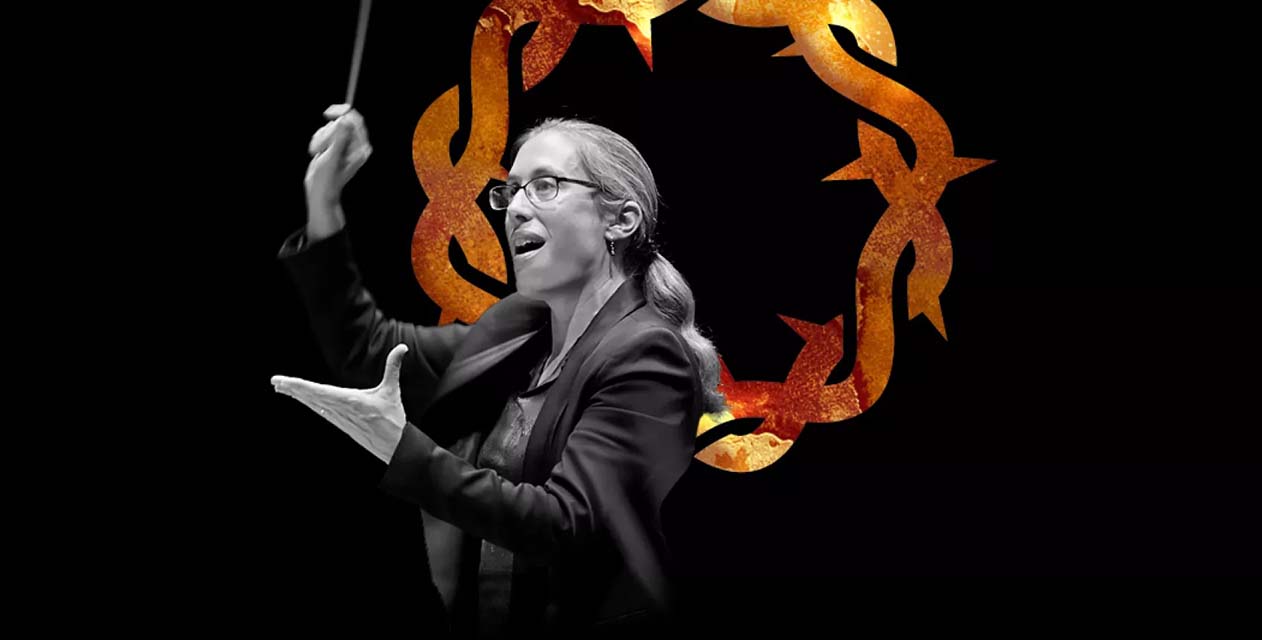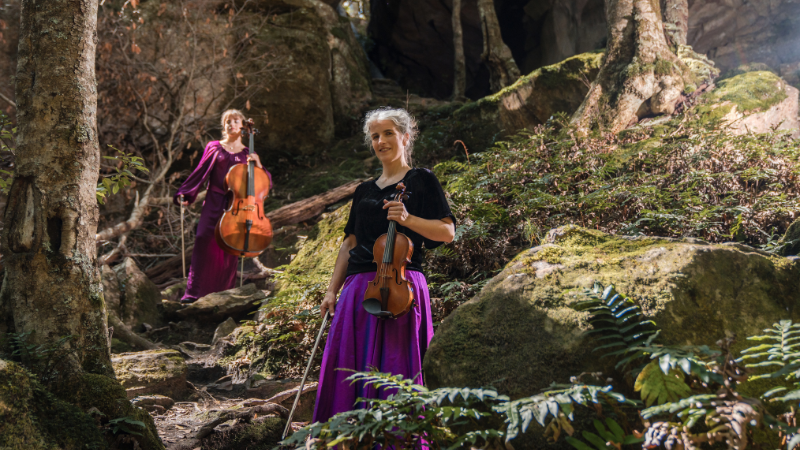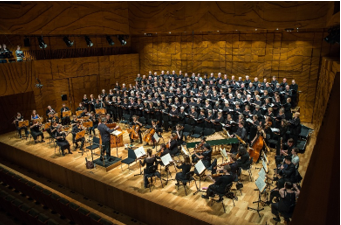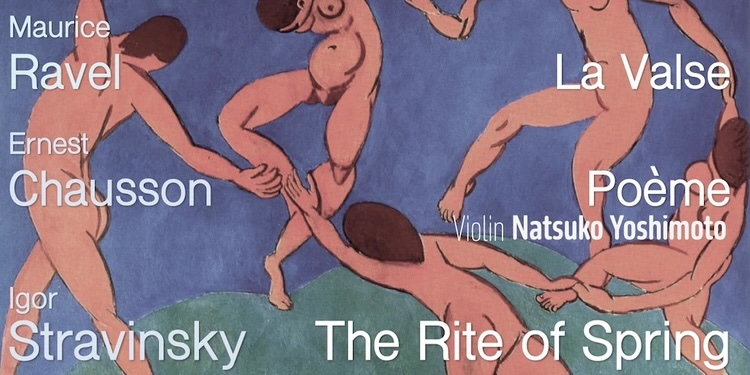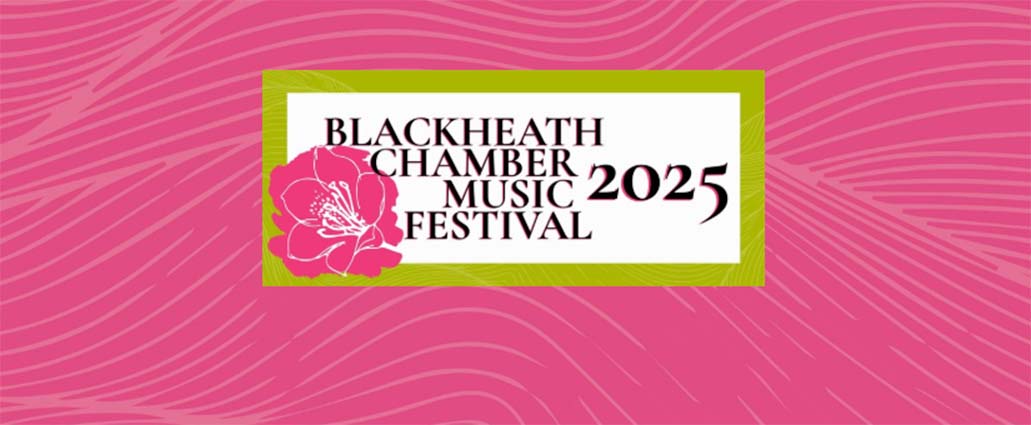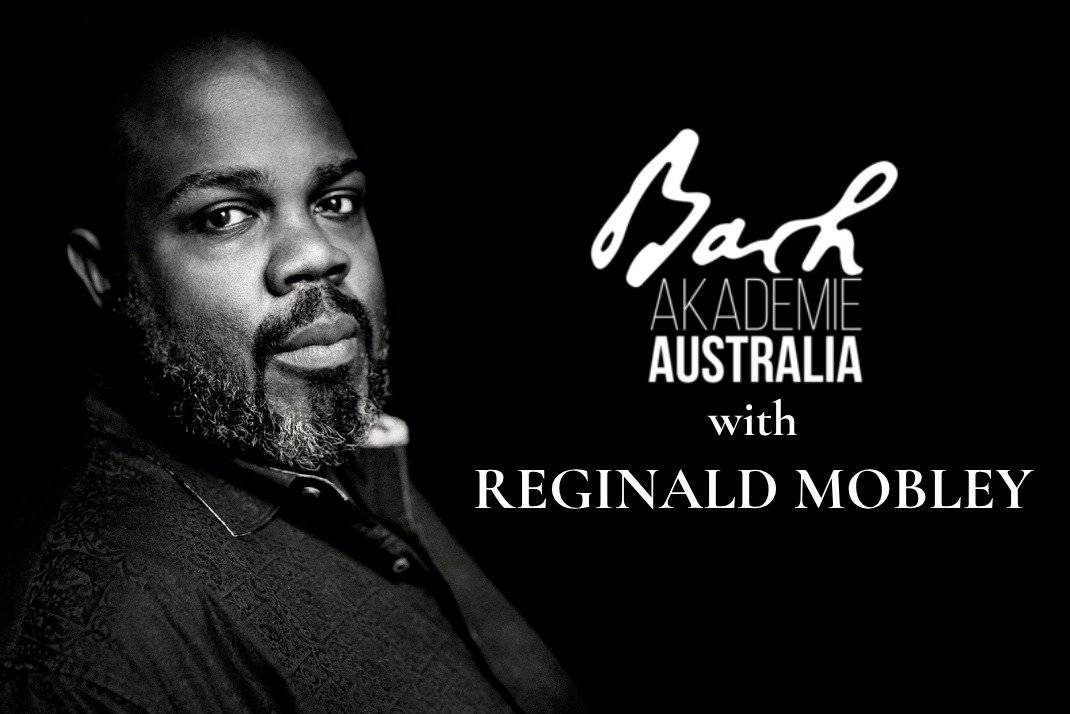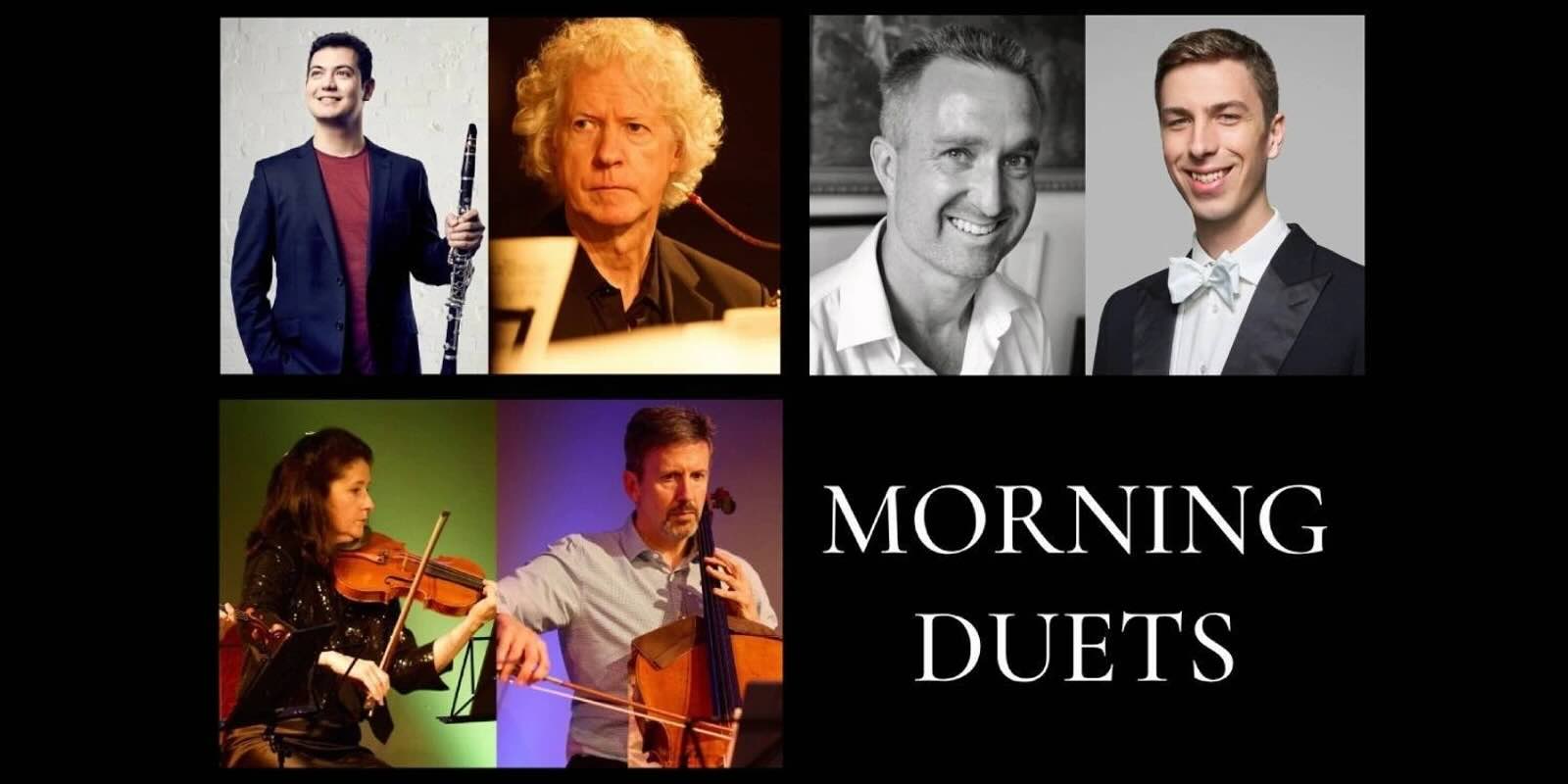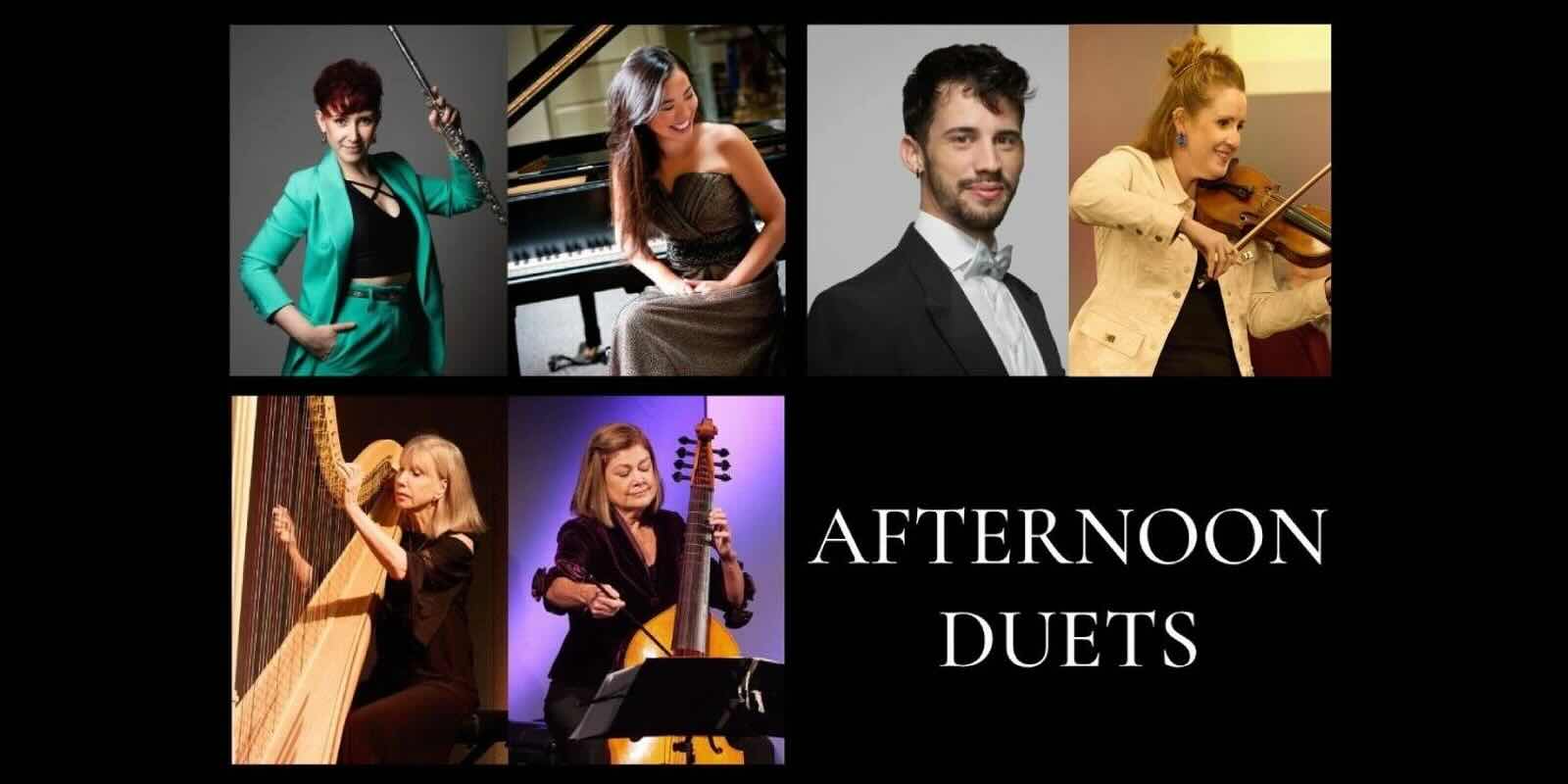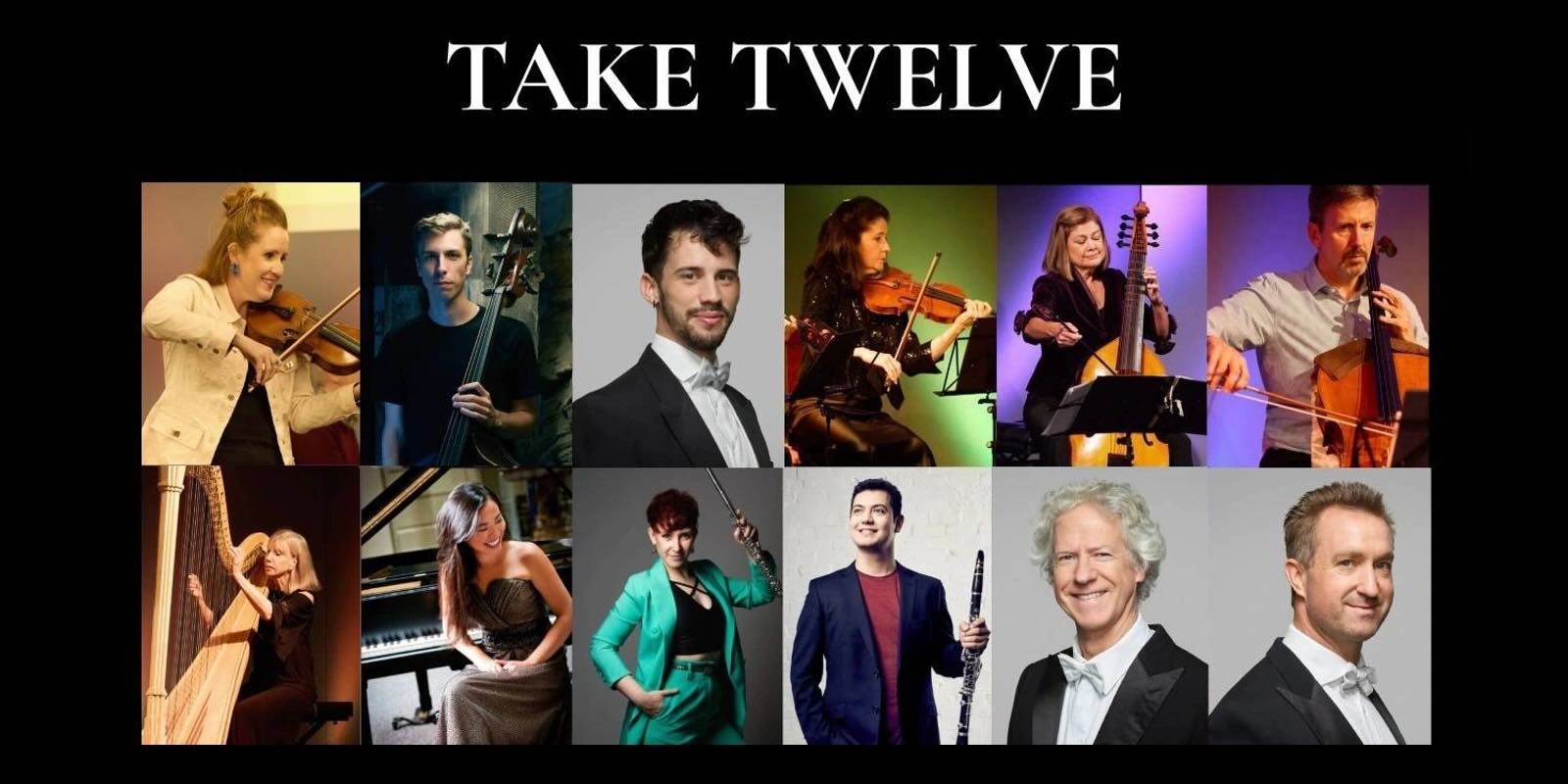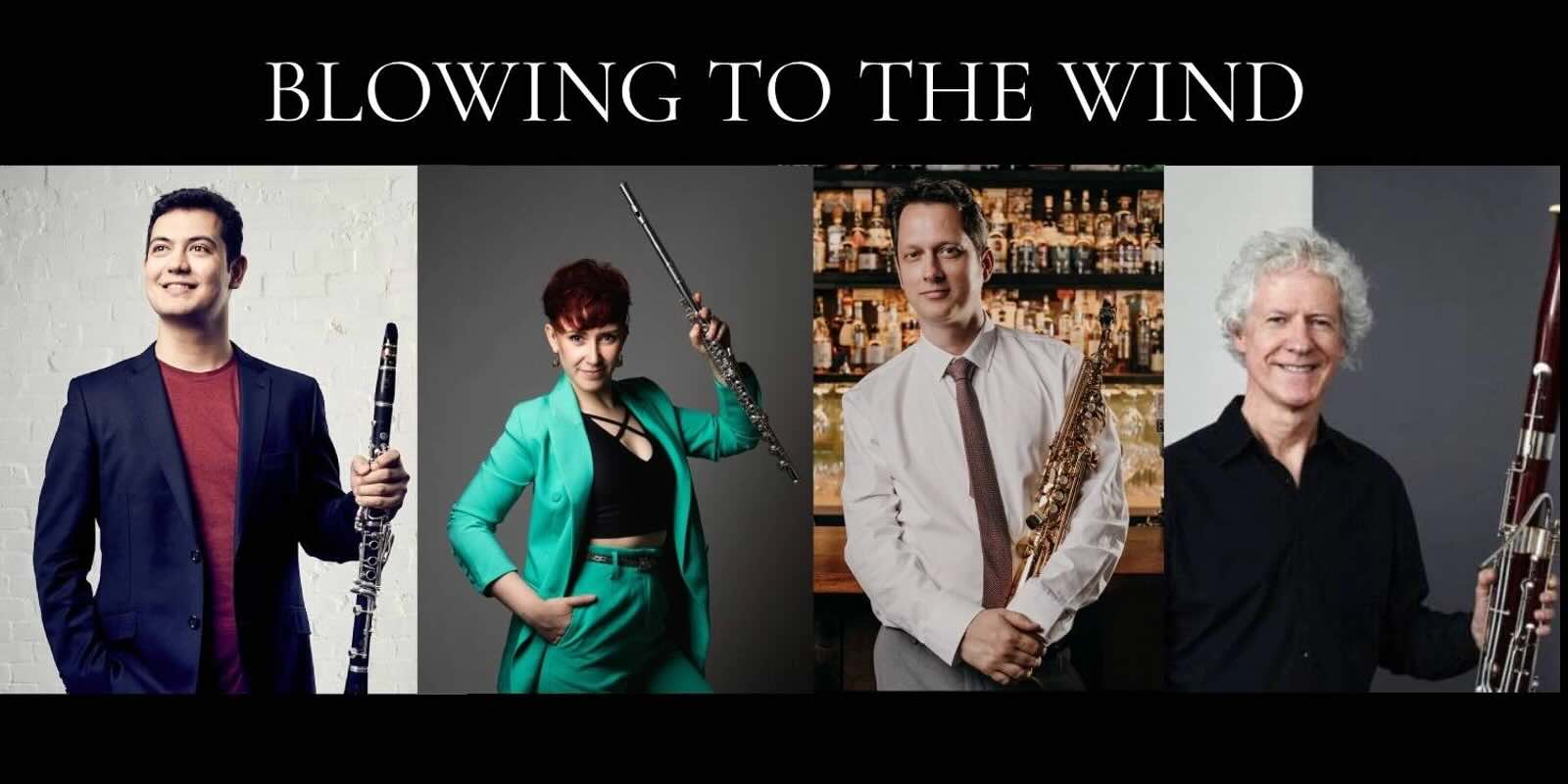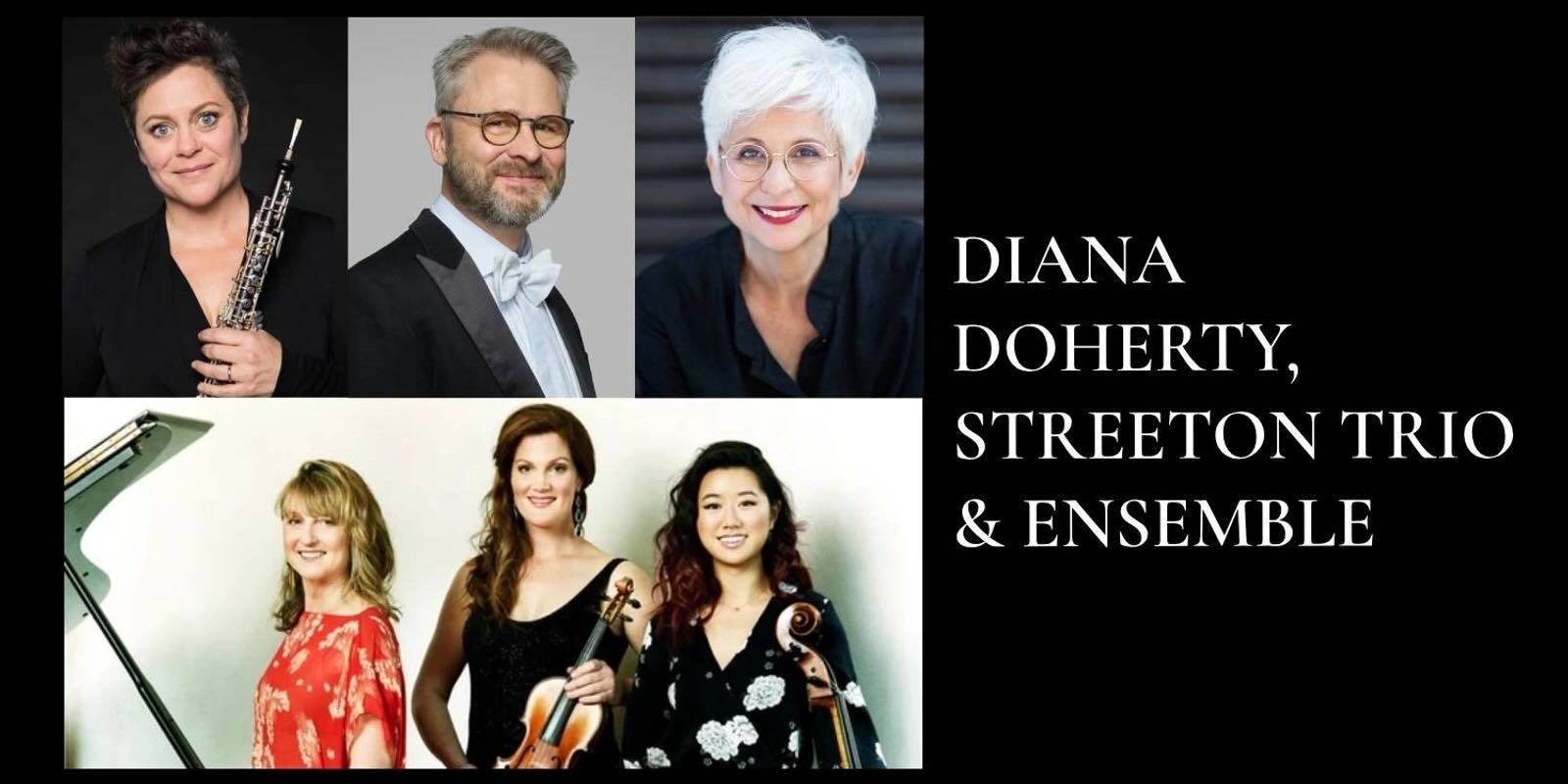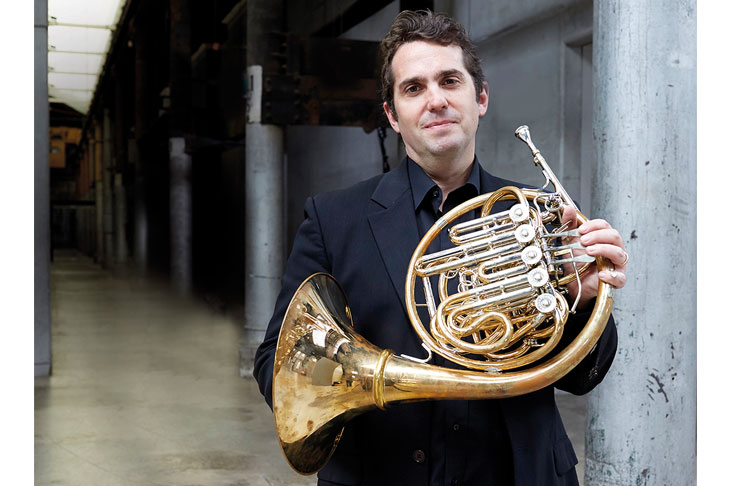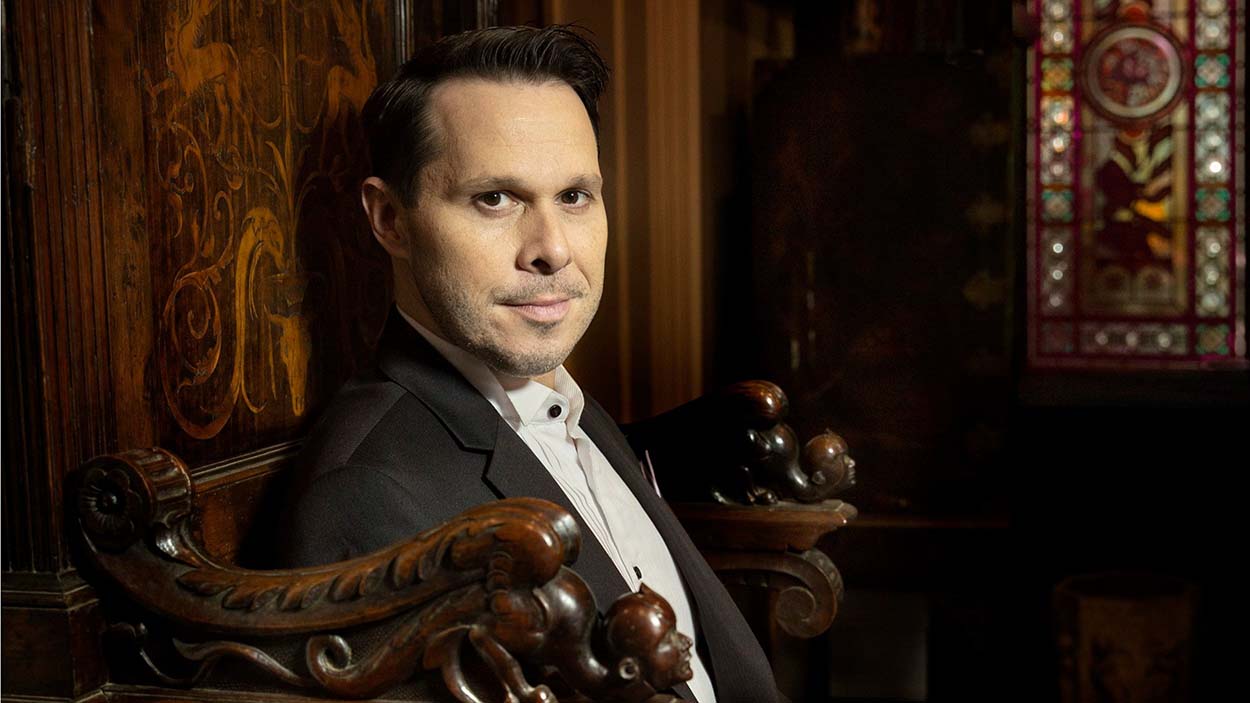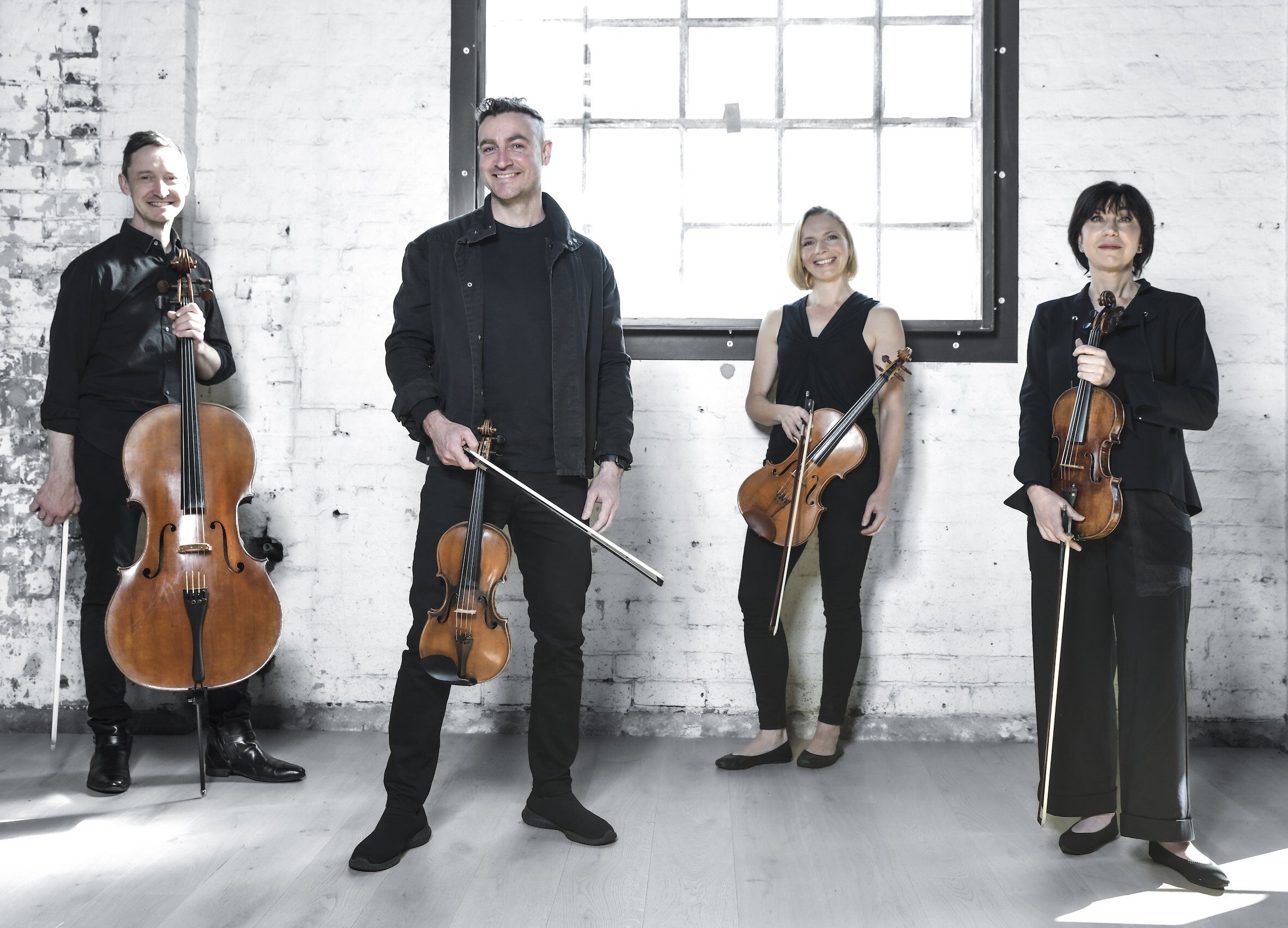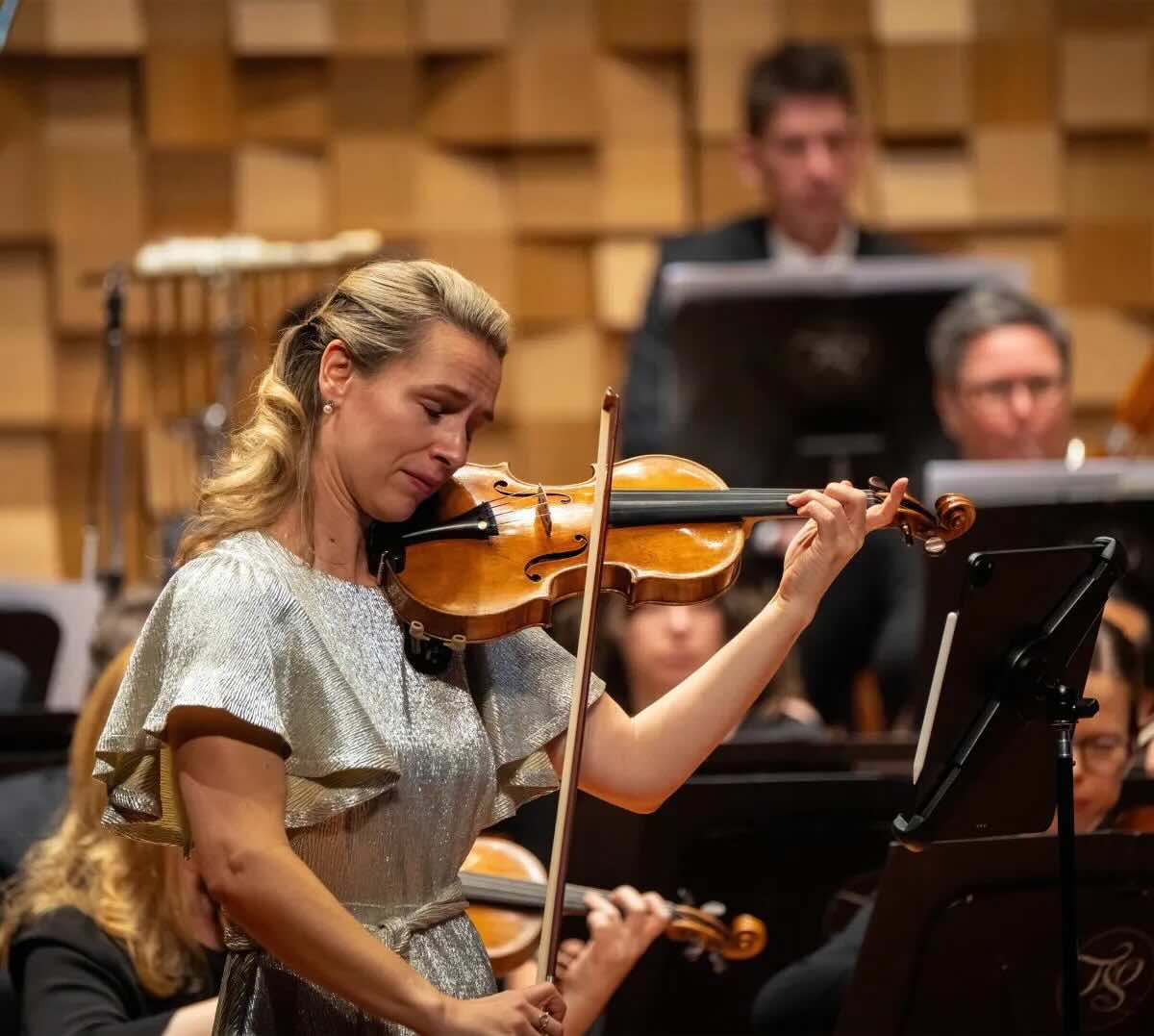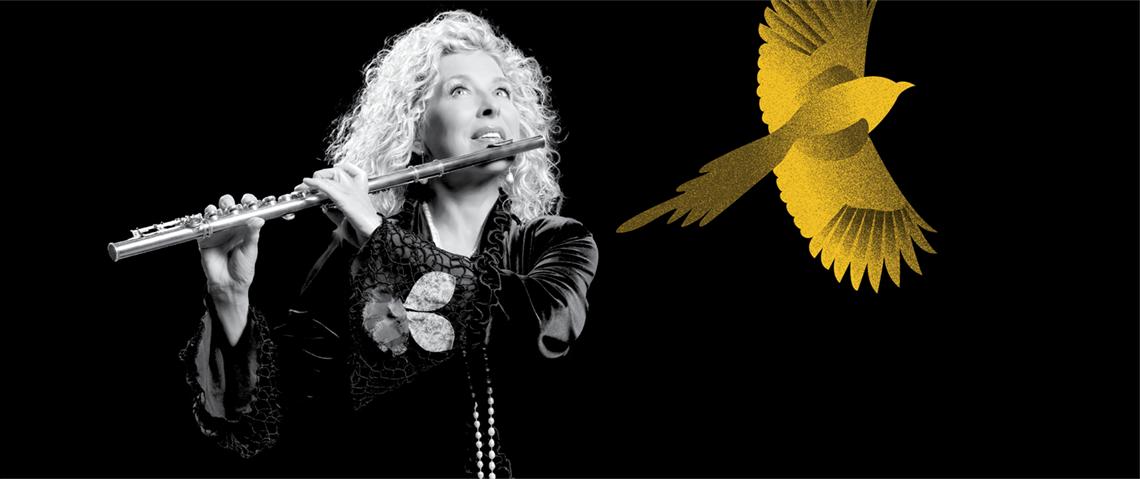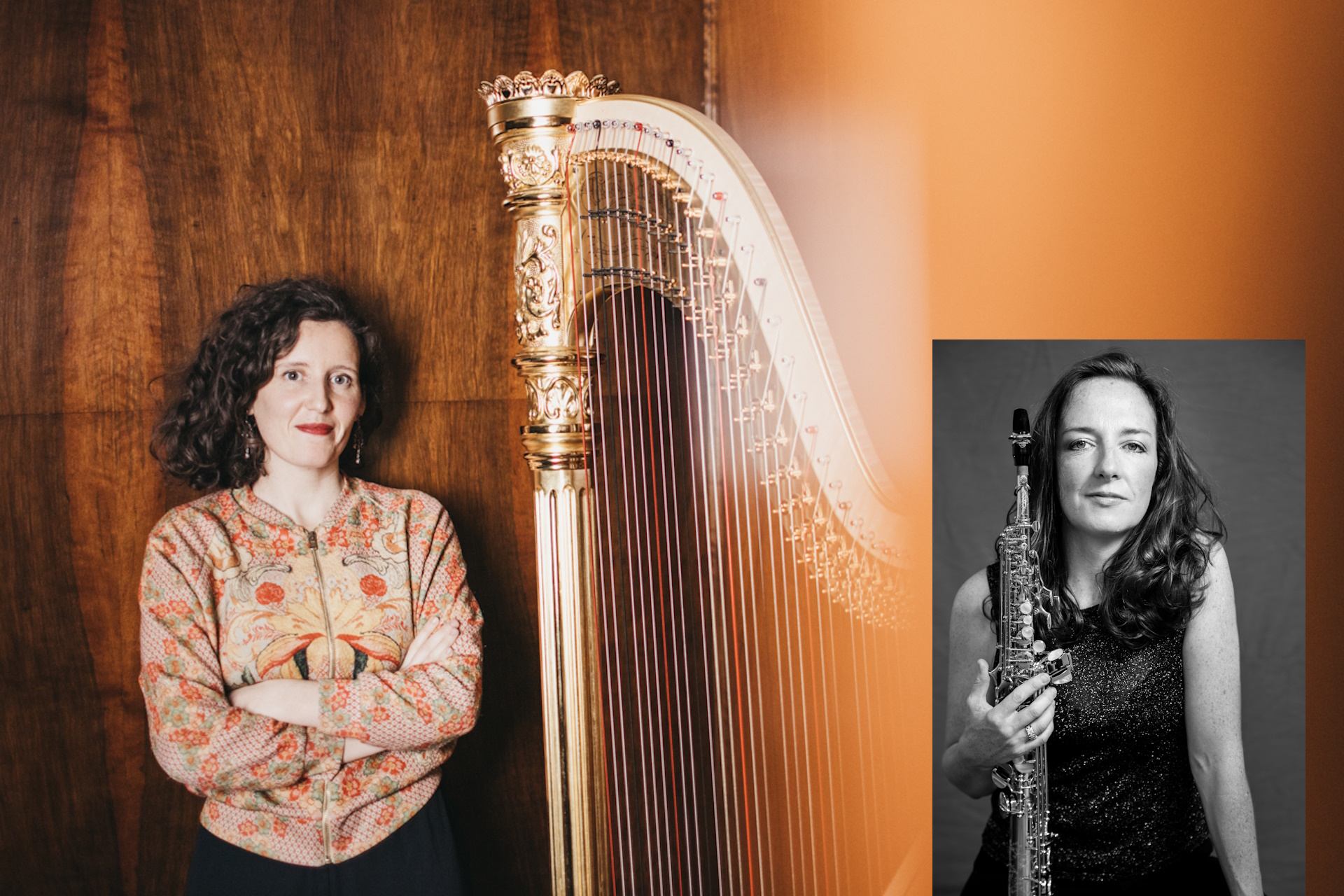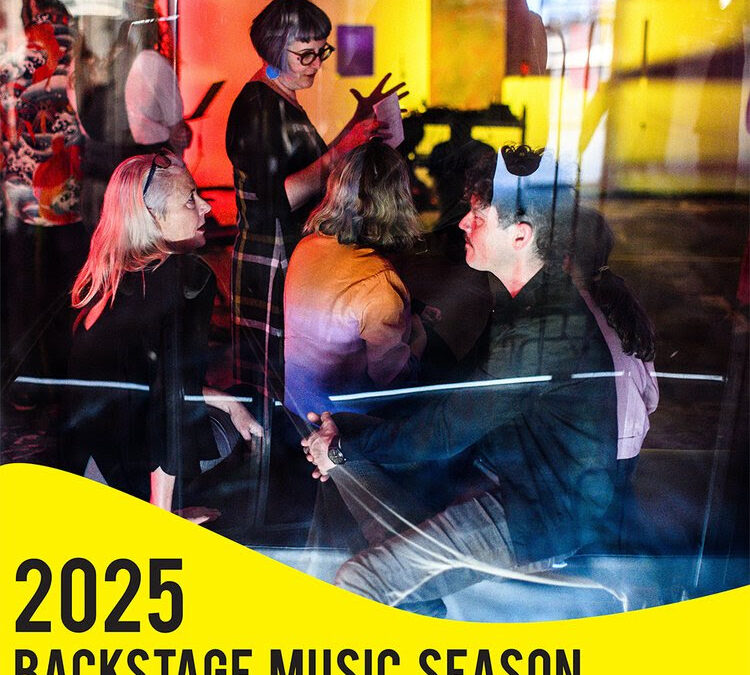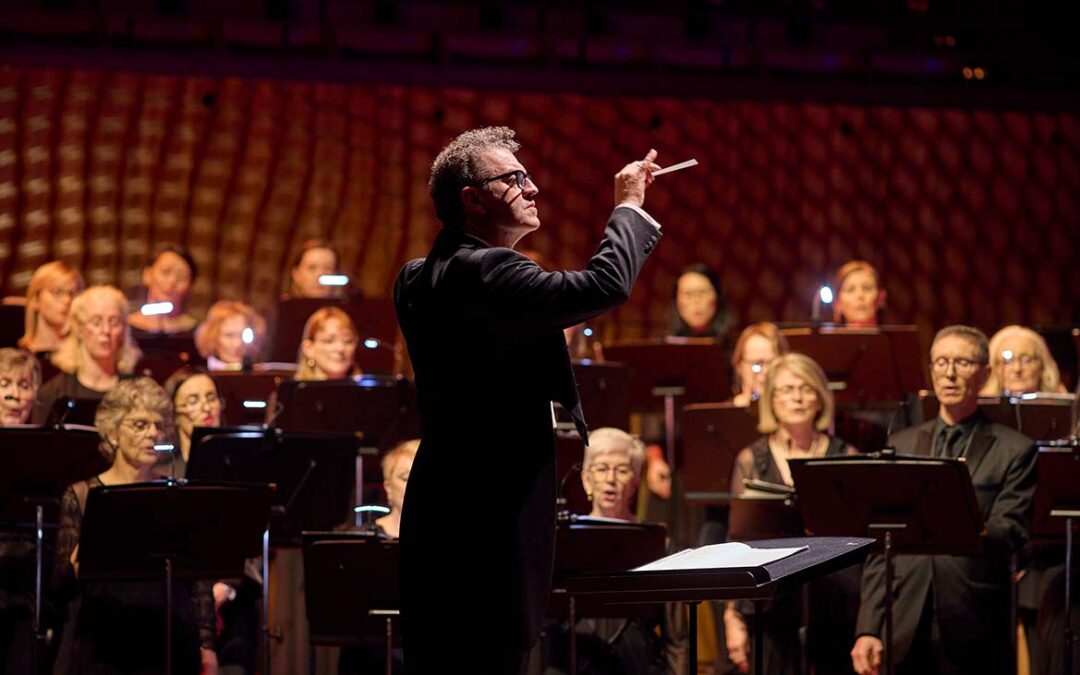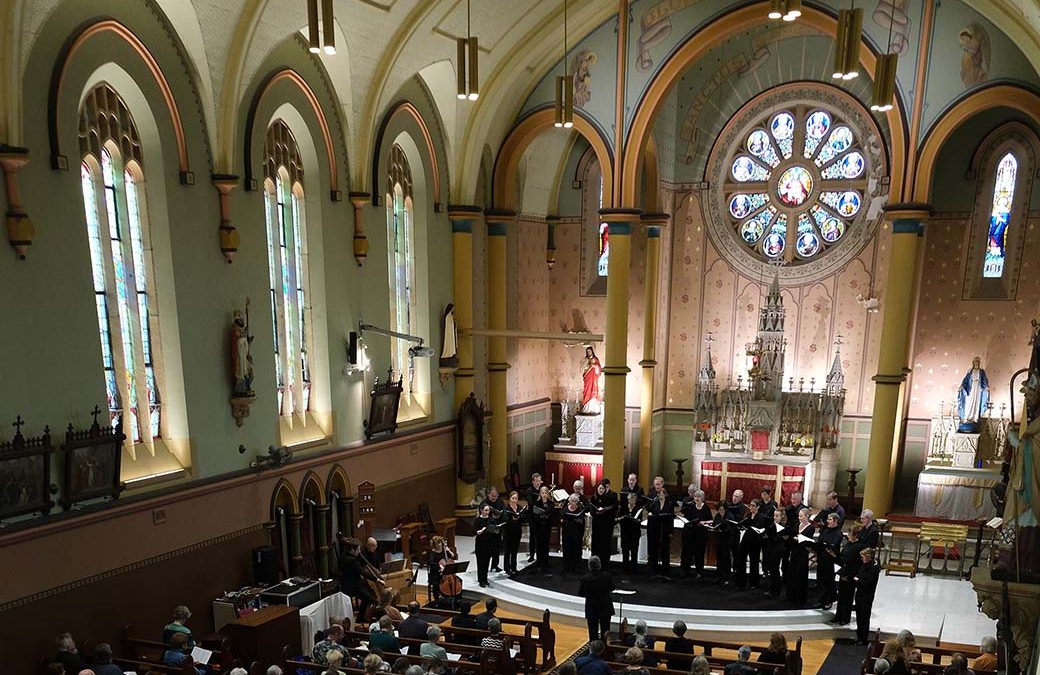British Birds and Beasts and Bards, The Great Hall, the University of Sydney
25 and 26 March 2014
The Renaissance Players is one of the venerable musical institutions in Sydney. There have probably been hundreds of performers passing through its ranks over its more than forty year history. When asked to review a Renaissance Players I grasped the opportunity with alacrity. I wondered if it might be visiting a (worthy) musical museum. Not so! Winsome Evans, its Most Venerable Founder, was there, sitting on the end exercising her unobtrusive authority while playing a striking array of period and contemporary instruments. Also there was the witty commentary between sections with ‘Reader’ Geoff Sirmai performing the poetry readings. Its most famous Reader, the late Frederick May, was also present, represented by one his signature pieces Adam’s Brief Chronicles, a poetic performance of the Adam and Eve story (Adam version) using only words beginning with A, B or C originally written in the 1970s as a tribute to the ABC (the Commission not the alphabet).
The theme of the concert was British Birds, Beasts and Bards. Indeed there was lot of poetry in the evening: Tennyson, W.B. Yeats, Browning, and Swinburne among them, leading into musical recitations on Old King Cole and some songs from (Old) King Henry VIII. One of these songs Tander Naken, we were told, featured ‘a continuous series of simultaneously, rhythmically and melodically elaborate variations’: an ‘ancient form of game playing.’ There was quite a lot of musical game playing during the evening! Walt Whitman made an appearance, putting a word in for the English Speaking Bards of the New World. In a different context, in the second half, more contemporary poets Roger McGough and Stevie Smith popped by: the former with a riff on the love-making at lunch prior to the end of the world, and the latter giving an account of the altruistic activities of ever so well-intentioned Galloping Cat. In first half of the concert we heard quite a lot from those prolific composers: A Non and T Rad. The musical journey took us from circa 1200 to 1977 (The Whistler by Ian Anderson of Jethro Tull). In a short review it is difficult to capture the scholarly thought underpinning the diversity and virtuosity of the performance.
Apart from Winsome Evans, and perhaps Andrew Lambkin encountered in the digital world, most of the musicians were unknown to me. I was not surprised at all by the ensemble work of the instrumentalists when they had an opportunity to illustrate the Renaissance ‘style’ of the players in a manner that rendered ‘old’ tunes with a freshness of the contemporary. The melody was carried, for the most part, by the flute (Jane Duncan) and the higher string players (James Wannon and Susie Bishop) and Winsome Evans with her amazing variety of wind and plucked instruments. At one point she retreated to the piano to do a little jazz improvisation. The lower strings (Kirsty Vickers, violoncello and Mitchell Riley, viola) provided the harmonic contrasts. If Walt Whitman had been present he might have said that the string players were ‘reflectively making (many) vibrations’. The indefatigable Llew Kiek and Andrew Lambkin provided the rhythmic ‘middle’ on a plethora of plucked, picked and percussive instruments. The sheer musicality of the group was no better displayed than in rollicking rendition of an English Dance at the end of the first half of concert and the Country-dance medley towards the end of performance. ‘Top of Pops’ moments from the Renaissance Players!
While I expected clever and often witty arrangements and formidable playing, the revelation for me was the singing, although songs are an integral part of the Renaissance Players’ repertoire. The first singer to appear was Jessica O’Donoghue. Her first song Barbara Allen revealed a capacity for high soprano singing, with both purity of tone and clarity of diction, engaging performance, and just a hint of fruity depth in the lower register. Baritone Mitchell Riley joined her. Together they sang a spirited version of The Brisk Young Widow. He had a pleasing baritone tone and interacted well with the soprano, even he did not quite have the capacity to ‘live’ a song that was clearly apparent in Jessica O’Donoghue’s work throughout the evening. After we heard from Frederick May, Jessica O’Donoghue was joined by Susie Bishop to sing The Three Ravens. To that point Susie Bishop had sat quietly playing string instruments with a focussed intensity that characterises many string players. When she sang, however, there was a sustained release of smiling personality as her bell-like high soprano provided the perfect foil for Jessica O’Donoghue’s singing of the lower part with a mezzo-like dark chocolate richness. Later Susie Bishop returned to sing a stunning rendition of The Willow Song, full of beautiful sound and lovely story telling. Without diminishing the efforts of the other performers, the work of these two young sopranos was, for me, the unanticipated highlight of the concert
As the end of the concert approached, I had to remind myself that I was expected to write a review. I stopped scribbling (much of it was indecipherable anyway) and revelled in the music and the storytelling. There was virtuosic playing, historical perspective, clever music making and singing of the first order. A night of refreshed and refreshing continuity! No amount of critical distance could retract from that!

